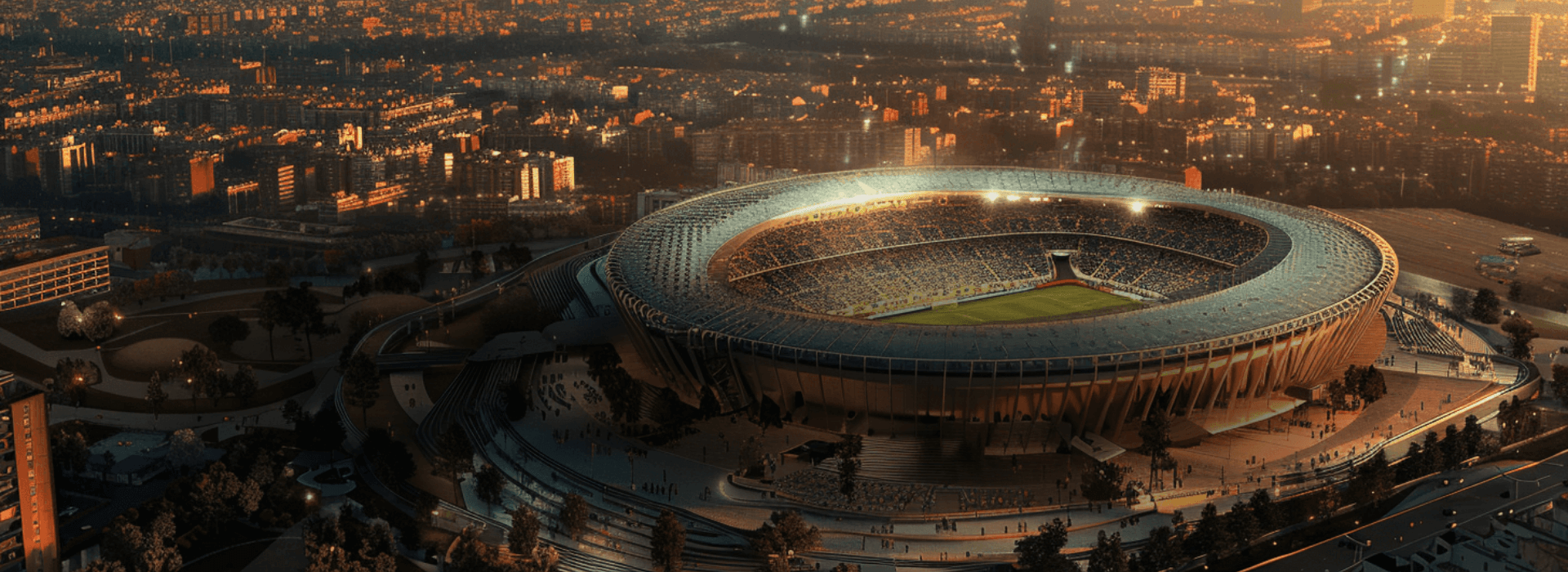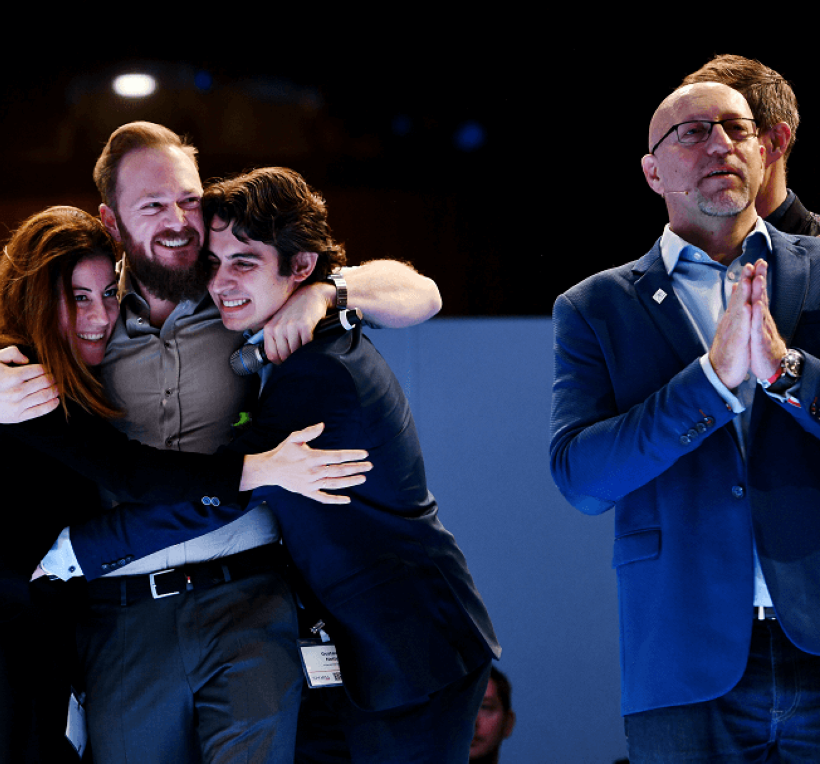

Live Sports Production Just Flipped
3 Min Read
Live Sports Production Just Flipped
Remote sports production cuts costs by 60% while improving quality
Two years ago, I sat down with a senior executive who leads both a major sports property and a broadcast operation.
At one point in the conversation, he leaned in and asked:
“Amir, do you have any real solutions for remote production?”
And then he laid it out:
“We’re spending a fortune on every game.
Production trucks, travel, crews it’s out of control.
We want to cover more matches, but it’s just not sustainable.
Remote production sounds promising,
but in practice it’s been clunky fragile, full of trade-offs.
We’re still flying people in. Still dependent on hardware.
We need flexibility. Ownership. Control.”
That conversation has stayed with me.
Because it wasn’t just a complaint, it was a clear articulation of what so many in this space have been feeling.
And now, for the first time, we’re seeing answers that are not only possible – they’re working.
This Isn’t a Trend It’s a Structural Shift
Across the sports world, the model for live production is changing.
It’s being redefined by teams who are combining private 5G, edge computing, cloud-native workflows, and AI-powered tools to do what was unthinkable just a few years ago.
We’re seeing full-scale broadcasts produced remotely.
We’re seeing quality improve while complexity drops.
And we’re seeing the freedom to scale coverage, reduce costs, and gain real-time agility.
Leaders like Verizon in North America, NEP in Europe, and others across Asia and LATAM are showing what this looks like in action.
The tech is here. The mindset is shifting.

Rethinking the Economics of Live Production
Producing a game used to mean six-figure budgets trucks, uplinks, 30-person crews, hotels, logistics, and all the friction that came with it.
Now?
- No trucks
- Smaller or remote crews
- Production tools running in the cloud
- Real-time orchestration over 5G
We’re seeing cost reductions of 40–60% per game.
But more than that we’re seeing a model that’s flexible, scalable, and built for the realities of today’s sports ecosystem.
It’s not just about doing more with less.
It’s about doing better with smarter tools, tighter teams, and faster execution.
Smarter, More Agile Teams
With cloud-based infrastructure and AI assisting in real time, production teams are becoming more focused, more efficient, and more creative.
- Directors and operators can work from anywhere
- Camera switching, scene recognition, and bitrate control are handled dynamically
- Human talent gets to focus on storytelling, not logistics
It’s not about replacing roles it’s about releasing people to do what they do best.
A New Foundation for Fan Experience
While the real-time benefits of this model start backstage, the long-term impact is fan-facing.
We’re laying the groundwork for:
- Personalized replay streams
- Multi-angle viewing
- Real-time overlays for stats, betting, and social
- Language-specific or influencer-led commentary
- Seamless second-screen integration
It’s not about gimmicks.
It’s about designing experiences that reflect how fans already engage with control, immediacy, and relevance.
A Global Movement, Not a One-Off
This isn’t about one company or region.
Across the U.S., Europe, and Asia, we’re seeing a clear shift toward cloud-based, remote-first production.
Take SailGP:
A global sailing series that runs its entire live production remotely from London using cloud workflows, AI-powered tools, and minimal on-site infrastructure.
Or Ligue Magnus, France’s top ice hockey league:
Broadcasts are now produced remotely from Stockholm using AI-powered PTZ cameras, with no trucks or large crews in the arenas.
These aren’t isolated experiments.
They’re working models at scale.
And they show what’s possible when tech, vision, and execution come together.

Final Thought: From That Conversation To This Moment
I keep thinking back to that moment at the table. Not because of the frustration but because of the clarity: “We need something real. We need control.”
Back then, it sounded like a challenge.Today, it feels like a choice.
This isn’t about abandoning what’s worked it’s about expanding what’s possible.
This moment is about vision. Readiness. Intentional growth.
If you’re leading a league, a media operation, or a production team this conversation is yours.
What shifts are you already making?
What challenges are still holding you back?
Let’s open the floor drop your thoughts in the comments or reach out.
Because the future of production won’t be built by one player.
It’s going to take all of us learning, testing, building together.
With love for Sports and Innovation
Amir




Comments